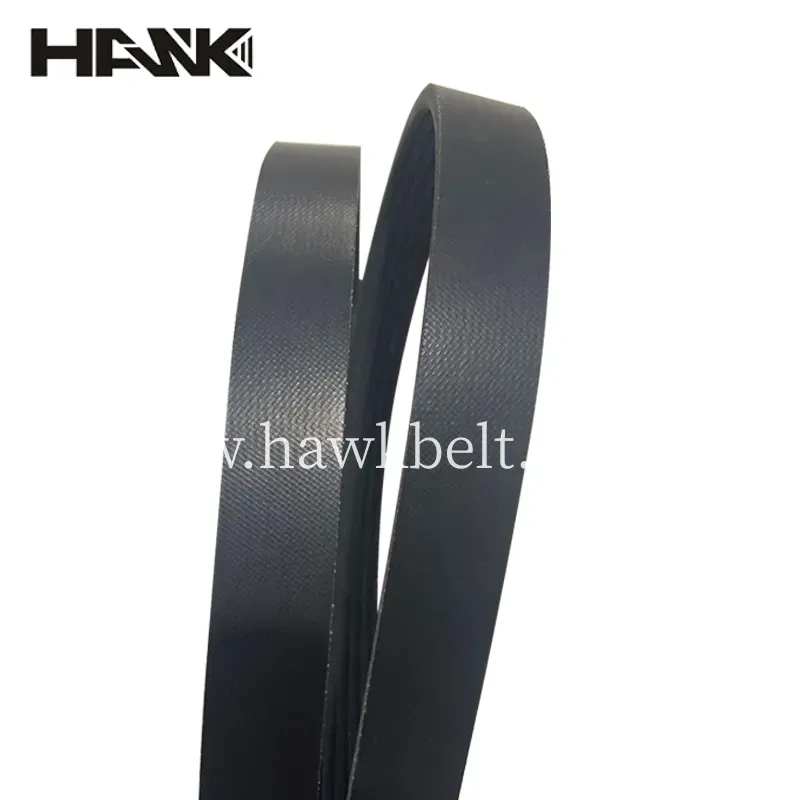- Arabic
- French
- Russian
- Spanish
- Portuguese
- Turkish
- Armenian
- English
- Albanian
- Amharic
- Azerbaijani
- Basque
- Belarusian
- Bengali
- Bosnian
- Bulgarian
- Catalan
- Cebuano
- Corsican
- Croatian
- Czech
- Danish
- Dutch
- Afrikaans
- Esperanto
- Estonian
- Finnish
- Frisian
- Galician
- Georgian
- German
- Greek
- Gujarati
- Haitian Creole
- hausa
- hawaiian
- Hebrew
- Hindi
- Miao
- Hungarian
- Icelandic
- igbo
- Indonesian
- irish
- Italian
- Japanese
- Javanese
- Kannada
- kazakh
- Khmer
- Rwandese
- Korean
- Kurdish
- Kyrgyz
- Lao
- Latin
- Latvian
- Lithuanian
- Luxembourgish
- Macedonian
- Malgashi
- Malay
- Malayalam
- Maltese
- Maori
- Marathi
- Mongolian
- Myanmar
- Nepali
- Norwegian
- Norwegian
- Occitan
- Pashto
- Persian
- Polish
- Punjabi
- Romanian
- Samoan
- Scottish Gaelic
- Serbian
- Sesotho
- Shona
- Sindhi
- Sinhala
- Slovak
- Slovenian
- Somali
- Sundanese
- Swahili
- Swedish
- Tagalog
- Tajik
- Tamil
- Tatar
- Telugu
- Thai
- Turkmen
- Ukrainian
- Urdu
- Uighur
- Uzbek
- Vietnamese
- Welsh
- Bantu
- Yiddish
- Yoruba
- Zulu
ต.ค. . 01, 2024 04:18 Back to list
Choosing the Right Material for Poly V Belts in Industrial Applications
Understanding Poly V Belts Material Properties and Applications
Poly V belts, also known as poly V ribbed belts or serpentine belts, have gained widespread popularity in various industrial and automotive applications. These belts are designed to transmit power efficiently across multiple pulleys, thanks to their unique construction that features multiple longitudinal ribs. One of the most critical factors that influence the performance and longevity of poly V belts is the material from which they are made.
Composition of Poly V Belts
Poly V belts are typically manufactured from a variety of materials that are selected for their durability, flexibility, and resistance to wear and tear
. The most common materials used include1. Synthetic Rubber The primary component in poly V belts is often synthetic rubber, such as ethylene propylene diene monomer (EPDM) or chloroprene. These materials provide excellent elasticity and resistance to environmental factors such as ozone, heat, and oil, making them ideal for automotive and industrial applications.
2. Textile Reinforcement To enhance the strength and durability of poly V belts, manufacturers often incorporate textile reinforcements. These can include polyester or nylon fibers, which add tensile strength and help maintain the belt's shape under high loads.
3. Metal Components In some high-performance or heavy-duty applications, metal components may be integrated into the belt's design. These can include steel cords that provide additional strength and support, allowing the belt to operate effectively even under extreme conditions.
Advantages of Poly V Belts
poly v belt material

The materials used in poly V belts confer several advantages that make them indispensable in various sectors.
- High Efficiency The ribbed design allows for a larger surface area of contact with pulleys, reducing slippage and energy loss during power transmission. This efficiency translates into better fuel economy in vehicles, for instance.
- Compact Design Poly V belts can transmit power across multiple axes without the need for multiple belts. This helps save space and reduce the complexity of mechanical systems, particularly in modern engines and machinery.
- Quiet Operation The design and materials used in poly V belts contribute to a quieter operation compared to traditional V-belts. This is particularly important in automotive applications, where noise reduction is a key concern for manufacturers and consumers alike.
- Longevity and Reliability When made from quality materials, poly V belts can have a longer service life than conventional belts. Their ability to withstand high levels of heat, friction, and environmental influences ensures that they perform reliably over time, reducing maintenance costs.
Applications of Poly V Belts
Due to their unique properties, poly V belts find applications in a wide range of sectors. In the automotive industry, they are used in engine drive systems, powering accessories like the alternator, power steering pump, and air conditioning compressor. In industrial settings, these belts are common in conveyor systems, machines, and other equipment that require efficient power transmission.
In conclusion, the material composition of poly V belts plays a pivotal role in determining their performance and application. With the right blend of synthetic rubber, textile reinforcement, and sometimes metal components, poly V belts offer numerous advantages that meet the demands of modern technology. As industries continue to evolve, the role of poly V belts is likely to expand, making them a critical component in both existing and emerging applications.
-
Korean Auto Parts Timing Belt 24312-37500 For Hyundai/Kia
NewsMar.07,2025
-
7PK2300 90916-T2024 RIBBED BELT POLY V BELT PK BELT
NewsMar.07,2025
-
Chinese Auto Belt Factory 310-2M-22 For BMW/Mercedes-Benz
NewsMar.07,2025
-
Chinese Auto Belt Factory 310-2M-22 For BMW/Mercedes-Benz
NewsMar.07,2025
-
90916-02660 PK Belt 6PK1680 For Toyota
NewsMar.07,2025
-
drive belt serpentine belt
NewsMar.07,2025

